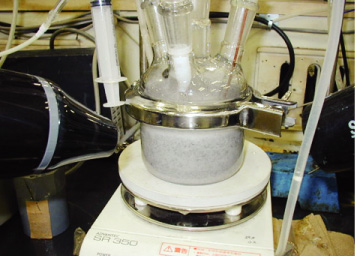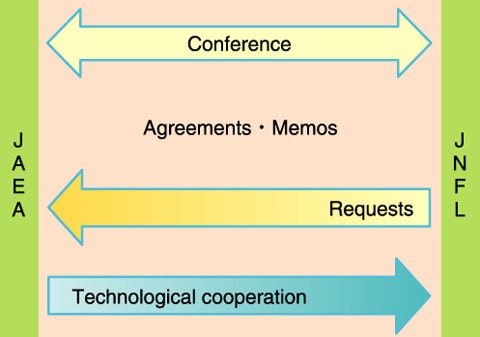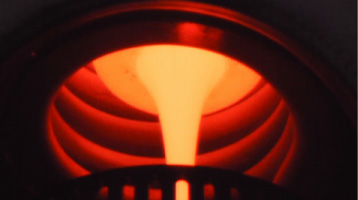
Fig.10-1 Nitrate decomposition experiment

Fig.10-2 Technological cooperation with JNFL

Fig.10-3 Molten glass outflow situation
We are carrying out development of technologies for reprocessing the spent fuel of light water reactors, treatment and disposal of radioactive waste, and so on, in order to establish the nuclear fuel cycle. We are also carrying out technological cooperation with Japan Nuclear Fuel Limited (JNFL), which was founded to advance the nuclear fuel cycle business.
To promote reprocessing and usage of plutonium for light water reactors by the private sector, taking private sector needs into account, we are instituting research and development for reprocessing uranium-plutonium mixed oxide (MOX) spent fuel for the Fugen reactor and vitrification of the high-level radioactive liquid waste. To develop the vitrification technologies we are instituting developments such as a technology for removing deposits inside the melter, a technology for measuring the shape inside the melter, measures to extend the life of the melter, and a melter structure design to decrease deposits of platinoid elements. To develop technologies for volume reduction and stabilization of low-level radioactive waste, we are investigating solidification conditions for phosphate liquid waste and slurry waste, and experimenting with nitrate decomposition of low-level liquid waste including nitrates (Fig.10-1) for the design of a cement solidification facility.
JAEA’s technological cooperation with JNFL (Fig.10-2) includes the technological development of a new type of centrifuge equipment for uranium enrichment, support of the active test at the Rokkasho Reprocessing Plant (RRP), and designing a MOX fuel fabrication facility. Currently, we are particularly supporting the active-test of the high-level radioactive liquid waste vitrification facility at the RRP by dispatching specialist engineers in vitrification technology and teleoperation technology, mock-up testing (Fig.10-3), joint research, and so on.
In addition to the above, JAEA engineers are dispatched to the Nuclear Material Control Center and are engaged in technical support for nuclear material control in the Rokkasho district. We are also carrying out training for engineers of the Nuclear Fuel Chemical Analysis Co. (a limited liability partnership) which undertakes analysis of uranium and plutonium, etc., at the RRP.